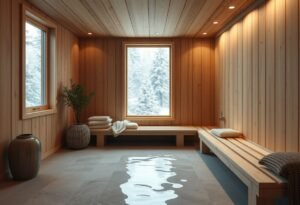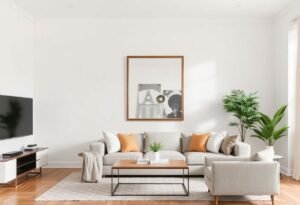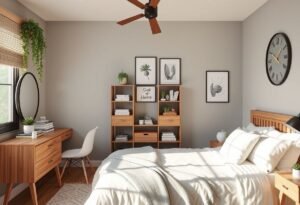What is Layering in Design?
Layering in design refers to the combination of various elements, such as textures, colors, and materials, to create depth and visual interest. In practice, this means that we do not limit ourselves to a uniform appearance; instead, we seek to blend different styles to achieve a multi-layered effect. For example, in the case of interior decor, you can combine soft pillows, fabrics, rugs, and unique furniture to create a cozy atmosphere.
How Does Layering in Design Affect Atmosphere?
The proper application of layering in design can significantly influence the atmosphere of a room. By adding different textures like wood, metal, or glass, we can achieve a sense of balance and tranquility. Layering in design allows you to create a space that is not only aesthetically pleasing but also conducive to relaxation, which is essential amidst today’s hectic lifestyle.
Layering in the Garden
Not only interiors can benefit from layering in design. In the garden, you can also adopt this concept by creating various layers of greenery. Tall shrubs, low flowers, and contrasting leaf textures make the space more dynamic. We can also mix different plant species to achieve contrast and depth.
How to Create Effective Layering in a Space?
To effectively apply layering in design, start by choosing a dominant color palette. Then, select different materials and textures. This could include canvas, velvet, wood, and metal, as well as flowers or herbs in the garden. It’s essential to maintain balance—for instance, when combining multiple colors, pick one as the base to establish a reference point.
Examples of Layering in Design in Action
Let’s analyze a few examples that can serve as inspiration. In a living room, you might use velvet cushions on the sofa, add a wool blanket on the armchair, and a striped rug—each harmoniously completing the space. In the garden, you can combine various types of plants in containers of different sizes to enhance the aesthetic while also making care easier.
Emotional Values and Layering in Design
Emotional engagement in creating a space is key to a sense of belonging. When you apply layering in design, you create a unique place that reflects your personality. Each layer has a story that makes the space special, and its interior feels warm and inviting.
Conclusion
Layering in design is not just the key to creating beautiful interiors and gardens, but also a tool that allows for expressing our personalities. Inspired by this concept, you can create spaces rich in stories and emotions. Don’t be afraid to experiment and mix various elements—the results can be breathtaking!
Disclaimer
This text is for informative purposes only and does not substitute professional advice on design and architecture.

















